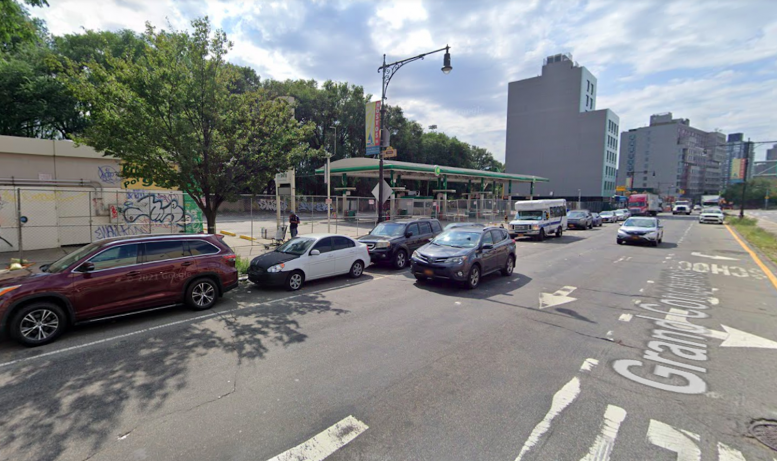Jury Finds Teva Pharmaceuticals USA and Others Liable of Violating Rights of New Yorkers
Subsequent Trial to Be Held to Determine How Much Teva Required to Pay
Teva Payment Will Be On Top of Up to $1.5 Billion for New York Already Negotiated by AG James
New York Attorney General Letitia James today released the following statement after a jury voted that Teva Pharmaceuticals USA, Inc. and its affiliates were liable for the public nuisance charges made by New York state in its opioid trial in Suffolk County State Supreme Court:
“This is a significant day for New York state. This is a significant day for this nation. But, more importantly, this is a significant day for every family and community torn apart by opioids.
“A jury has found an opioid manufacturer responsible for the death and destruction they inflicted on the American people.
“Teva Pharmaceuticals USA and others misled the American people about the true dangers of opioids, which is why, in 2019, I made a promise that our team would hold them and the other manufacturers and distributors responsible for the opioid epidemic accountable for the suffering that they have caused.
“Today, I am left thinking about all those families that will never be whole again. For everyone who lost their life. For every parent who will never hold their child again. For every community that’s been devastated. But, today, we took a significant step in righting the wrongs this country has collectively experienced over the last two decades.
“I am eternally grateful to the trial team and all the staff in the Office of the Attorney General, who put in countless hours on our opioids litigation. Without them we wouldn’t be delivering more than $1.5 billion to New York state to invest in opioid treatment, recovery, and education programs.
“While no amount of money will ever compensate for the human suffering, the addiction, or the lives lost due to opioid abuse, we will immediately push to move forward with a trial to determine how much Teva and others will pay.”
A subsequent trial will now be held to determine how much Teva and others will be required to pay, which will be added to the up to $1.5 billion Attorney General James has already negotiated for the state of New York from different opioid manufacturers and distributors.
In March 2019, Attorney General James filed the nation’s most extensive lawsuit to hold accountable the various manufacturers and distributors responsible for the opioid epidemic. In addition to Teva, the manufacturers named in the complaint included Purdue Pharma and its affiliates, as well as members of the Sackler Family (owners of Purdue) and trusts they control; Janssen Pharmaceuticals and its affiliates (including its parent company Johnson & Johnson); Mallinckrodt LLC and its affiliates; Endo Health Solutions and its affiliates; and Allergan Finance, LLC and its affiliates. The distributors named in the complaint were McKesson Corporation, Cardinal Health Inc., Amerisource Bergen Drug Corporation, and Rochester Drug Cooperative Inc.
The deals with Johnson & Johnson, McKesson, Cardinal Health, and Amerisource Bergen have a global value of approximately $26 billion.
The cases against Mallinckrodt and Rochester Drug Cooperative are now moving separately through U.S. Bankruptcy Court.
Attorney General James continues to push to hold Purdue Pharma and the Sackler family accountable for their role in fueling the opioid crisis.
Pursuant to the new law establishing the opioid settlement fund, all funds collected by the state from opioid settlements or litigation victories will be allocated specifically for abatement efforts in communities devastated by the opioid epidemic and will not go towards the state’s general fund.
Separately, but related to her work on opioids, this past February, Attorney General James co-led a coalition of nearly every attorney general in the nation in delivering more than $573 million — more than $32 million of which was earmarked for New York state — toward opioid treatment and abatement in an agreement and consent judgment with McKinsey & Company.







